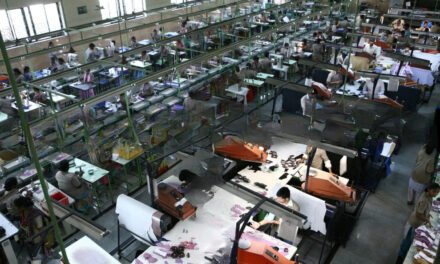Brands and manufacturers are ensuring traceability in the leather supply chain through several key initiatives, technologies, and practices aimed at enhancing transparency, ethical sourcing, and sustainability. Here’s an in-depth look:
1. Certifications and Audits
- Leather Working Group (LWG) Certification:
- LWG audits tanneries and suppliers to ensure environmental compliance, ethical sourcing, and responsible water and energy use.
- Brands work with LWG-certified tanneries for better traceability and sustainability.
- ISO Standards:
- ISO 14001 certification ensures environmental management systems are followed throughout the production chain.
- OEKO-TEX® Certification:
- Ensures that no harmful chemicals are used in leather production, and the leather meets safety and traceability standards.
- Animal Welfare Certifications:
- Brands source leather from farms certified for humane animal treatment, like Global Animal Partnership (GAP) or Responsible Leather Round Table (RLRT) initiatives.
2. Supply Chain Mapping and Transparency Reports
- Brands are increasingly mapping their supply chains to trace the origin of raw hides, monitor processing stages, and identify responsible suppliers.
- Regular sustainability reports are published to provide transparency about their practices and progress toward traceable sourcing.
- Example: Brands like Timberland and Adidas have detailed supplier maps and transparency initiatives.
3. Collaboration with Responsible Supply Chains
- Brands partner with trusted suppliers and tanneries that adhere to ethical and sustainable practices.
- Programs like “Farm to Finish” ensure leather can be traced back to specific farms where animals were raised ethically.
- Example: Companies like Stella McCartney and H&M focus on verified, sustainable sourcing methods.
4. Traceability Software Solutions
- Advanced software tools such as TrusTrace, TrackIT, or SAP Integrated Solutions enable brands to monitor the leather’s journey across multiple tiers of the supply chain.
- These platforms integrate data from farms, slaughterhouses, tanneries, and factories to provide a full traceable picture.
5. Partnerships with Sustainability Initiatives
- Brands participate in programs like the Responsible Leather Initiative (RLI) and Global Roundtable for Sustainable Beef (GRSB) to promote traceability and ethical leather sourcing.
- Textile Exchange’s Responsible Leather Assessment helps monitor the impact of leather supply chains globally.
6. Consumer-Focused Transparency
- Brands are leveraging digital tools and platforms to provide consumers with access to traceability data:
- Product tags, apps, or websites show the journey of the leather product, including its source, processing location, and sustainability efforts.
- Example: Brands like ECCO Leather and Nisolo provide consumers detailed traceability information.
7. Independent Third-Party Audits
- Brands hire independent auditors to verify each tier of the supply chain, ensuring adherence to sustainability and ethical sourcing standards.
- These audits check for compliance with environmental, labor, and animal welfare guidelines.
8. Bio-Tagging and DNA Testing
- Emerging technologies like DNA tagging or bio-tracing allow raw hides to be tagged with unique DNA markers.
- These markers make it possible to trace leather back to the exact source farm.
9. Legislative Compliance
- Brands comply with global traceability regulations, such as:
- EU Deforestation-Free Supply Chain Act
- US Lacey Act for traceable raw material imports
- Country-specific laws for ethical leather and waste management







